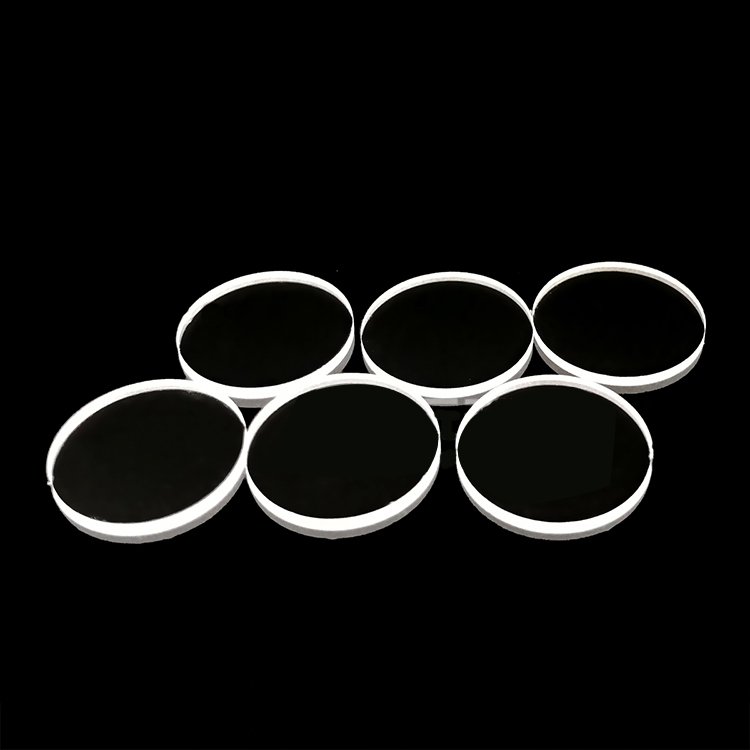Sapphire Plate Windows
Sapphire crystal (Al2O3) is an excellent substrate for a range of rugged applications.
It has high transmission from 150nm up to around 5µm therefore ideal for UV, Visible and IR applications. Sapphire lenses have excellent mechanical strength and hardness. With sapphire having superb thermal and chemical resistance and being scratch resistant, sapphire is a perfect choice for lens applications . Sapphire is inert and resistant to attack from most processing environments, such as hydrofluoric acid

Optinnovate supply a range of sapphire components, such as sapphire lens, sapphire flat, sapphire window, sapphire dome, sapphire ball lens, sapphire prism, sapphire rod, sapphire tube, etc. Our sapphire lens can also be antireflective coated to increase efficiency in UV and IR applications.
Why choose a sapphire material?
Maybe you will find that when the project is complicated or the product quality requirements are relatively high, people often choose sapphire, this benefits from the unique features and benefits as follow:
• Withstands temperatures up to 2000°C
• Transmits in the UV-visible-IR wavelengths
• Significant Abrasion Resistance: 2nd in hardness to diamond
• Chemically inert and insoluble (Biocompatible material)
• High thermal conductivity
• Complex shapes through machining, bonding, lamination
Sapphire Windows
Sapphire Windows are optical windows made of synthetic sapphire, used for its extreme hardness, dielectric properties and structural strength. they are flat, optically transparent plates that are typically designed to maximize transmission in a specified wavelength range, while minimizing reflection and absorption. They are often used to protect optical systems and electronic sensors from an outside environment.
Sapphire Windows are used widely in the UV, visible, and near infra-red bandwidth ranges and offer properties such as extreme surface hardness, acid, alkali and other chemical durability and scratch resistance.
They additionally provide high strength and temperature resistance characteristics as well as excellent transmission.
Synthetic sapphire—sometimes referred to as sapphire glass—is commonly used as a window material, because it is both highly transparent to wavelengths of light between 150 nm (UV) and 5500 nm (IR) (the visible spectrum extends about 380 nm to 750 nm), and extraordinarily scratch-resistant.
The key benefits of sapphire windows are:
Very wide optical transmission band from UV to near-infrared, (0.15–5.5 µm)
Significantly stronger than other optical materials or standard glass windows
Highly resistant to scratching and abrasion (9 on the Mohs scale of mineral hardness scale, the 3rd hardest natural substance next to moissanite and diamonds)
Extremely high melting temperature (2030 °C)
In terms of application, Sapphire Windows are used as viewports in demanding optical assemblies, instruments and components such as lasers.
Also, due to their thermal stability properties, Sapphire Windows are also widely used in optical instrumentation and equipment deployed in harsh environmental conditions where extreme temperatures, pressures, moisture, chemical or other conditions must not impact on optical performance.
P
| Product Size | Customized |
Crystal Direction | A/ C/ M Customized |
Light transmittance ≥ 91% | |
Appearance | No cracks |
Shape | Square, Round, Special shape |
Flatness | According to requirements |
Surface | Single polishing/ Double polishing |
Al2O3 Purity | ≥99.99% |
Application | Infrared optical windows, biometric identification, lens covers, etc. |
